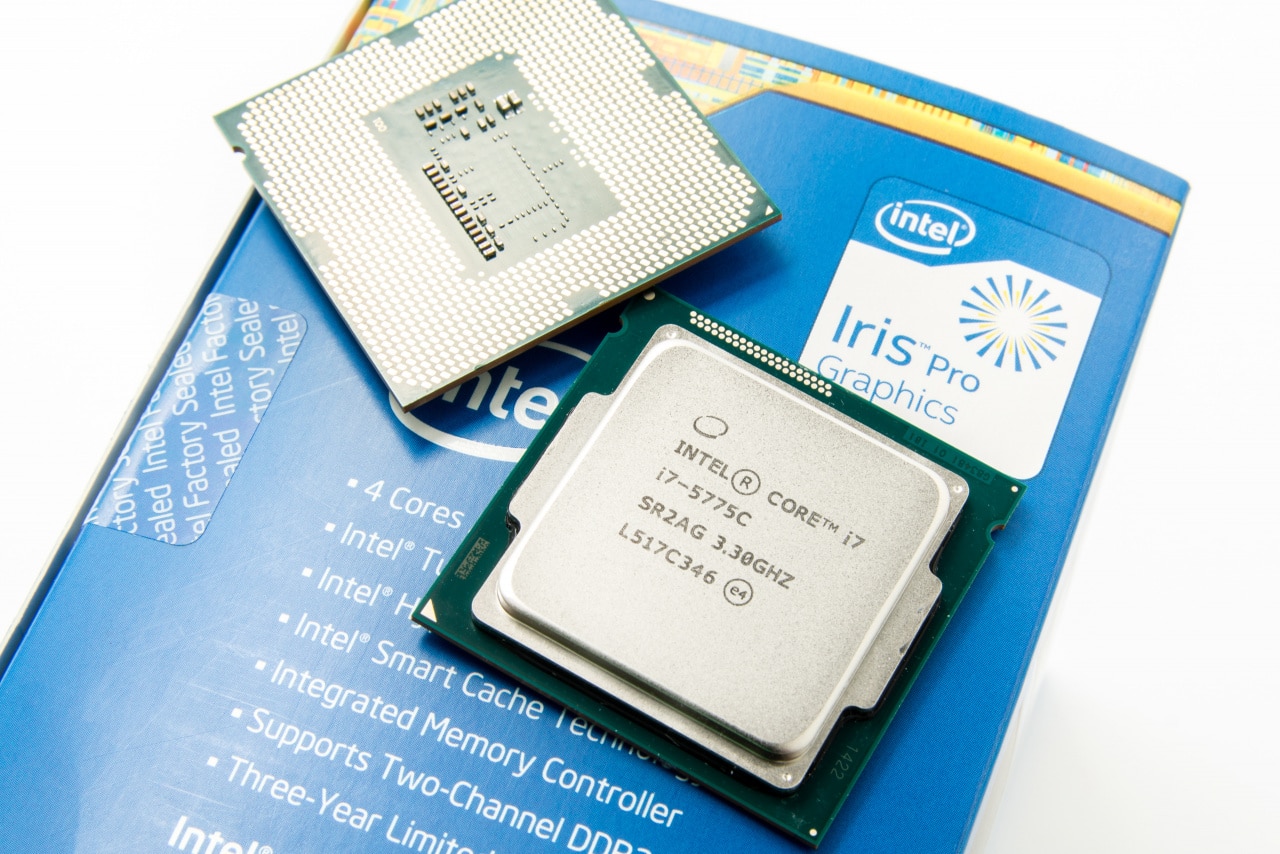Having a screen with the option of variable refresh rate provides several benefits. Above all, it is about a softer experience, without disturbing factors such as tearing or side effects of vertical synchronization.
Nvidia was first on the ball via in-house developed G-Sync, but in 2015 received competition from AMD-branded solution Freesync. The latter technology is based on the VESA Adaptive Sync standard, which in theory allows other manufacturers to jump on the bandwagon.
Where Nvidia has so far shown a cold hand, there is apparently more interest at Intel. During a question and answer session at the IDF 2015 developer conference, David Blythe announces that there are plans for support for Adaptive Sync, but currently no fixed time frame for an actual implementation.
Support for Adaptive Sync would in theory provide dynamic refresh rates for Intel integrated graphics circuits in combination with compatible monitors. This includes models that currently support Freesync.
However, it is unclear whether future support for dynamic refresh rate will also apply to current HD Graphics and Iris solutions. According to sources at Techreport, the right functionality is lacking in today’s hardware, which in that case means that support for the technology can be added as early as possible with Kaby Lake in 2016.















